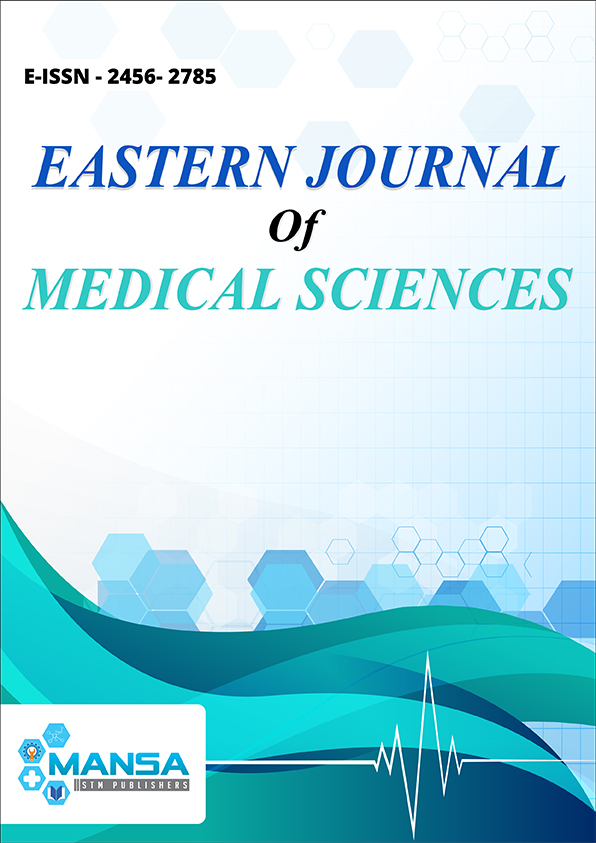Comparative study of dexmedetomidine and tramadol for control of post-spinal anesthesia shivering
Keywords:
Bupivacaine, Dexmedetomidine, Post-spinal anesthesia shivering, TramadolAbstract
Background and Aim: Dexmedetomidine, a congener of clonidine is an ?2 adrenoceptor agonist, commonly used for sedation, also
known to have antishivering potential. Its use as an agent to treat and control post-spinal anesthesia shivering has been inadequately
studied. This study is thus aimed to evaluate the efficacy, hemodynamic changes and side effects of dexmedetomidine in comparison
to tramadol when used to control post-spinal anesthesia shivering. Materials and Methods: A prospective randomized, and doubleblind
study was conducted in 60 ASA Grade I and II patients of either gender, aged between 18 and 60 years, undergoing various
surgical procedure under spinal-anesthesia and developing shivering. The patients were randomized into two groups of n = 30
each to receive either dexmedetomidine - 0.5 ?g/kg (Group D) or tramadol - 0.5 mg/kg (Group T) as an intravenous infusion on
appearance of shivering. The time of onset, grade of shivering, time taken for cessation of shivering, response rate, and adverse
effect were observed at scheduled intervals. SPSS-20 was used for statistical analysis, unpaired t-test for numerical data and
chi-square test for categorical data. Results: Both the drugs effectively controlled shivering, taking almost the same time for its
cessation. It was observed that patients in Group D were found to have a greater sedation score, whereas the side effects such as
nausea and vomiting requiring treatment was more in Group T. The incidence of recurrence of shivering was higher in Group T.
Conclusions: Dexmedetomidine effectively controls shivering taking almost the same time for cessation as that of tramadol. It
provides an additional benefit of intraoperative sedation.

